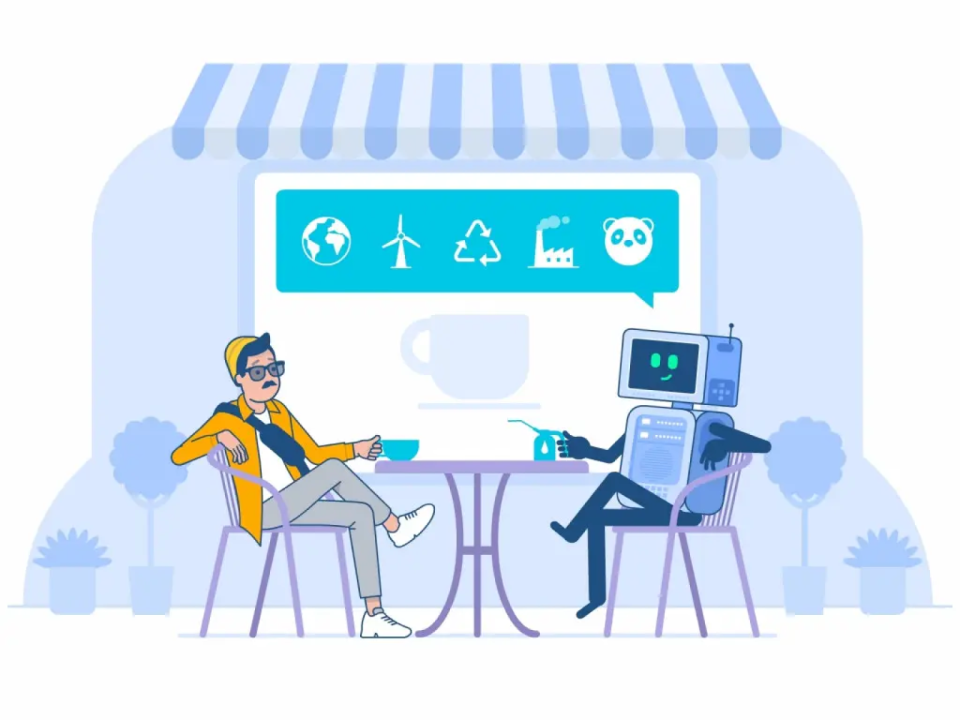Formulating Queries for Neural Networks

While neural networks are still in the early stages of development, artificial intelligence helps millions of users find the necessary information online, recognize images, formulate thoughts, translate texts into different languages, and perform many other tasks. If you’re unimpressed with the program’s result, you likely formulated your query incorrectly.
Neural networks can’t read minds and poorly understand subtext unless it’s clearly articulated. Without specifying additional parameters, the program may interpret the request in its way, and you won’t get the result you expect. In this article, we’ll guide readers on how to properly formulate requests for neural networks to maximize your virtual assistant’s output.
Proper Queries for Text Generation
While it may seem obvious—a well-formulated question can help elicit a more specific answer—many users submit succinct requests without all the necessary data. The same task may have multiple solutions. Providing a clear algorithm to a neural network will better inform it of the kind of response you expect.
Instructions for formulating requests for text generation:
- Define the writing style – essay, recommendations, poem, fairy tale, scientific article.
- Formulate a clear request with detailed specifications.
- Provide context if necessary.
- Note the form in which the answer should be presented – list, table, text, diagram.
- Determine the extent.
- Create an article structure with sections and bullet points to ensure logical structuring.
- Prepare keywords and phrases.
- Verify the main facts outlined in the generated text.
- Edit the request and resubmit if you’re unsatisfied with the response.
- Experiment until you achieve the desired result.
But well-formulated prompts are not the full extent of AI’s capabilities in writing text when used adeptly. You can not only create guidance for obtaining the desired result but also inquire of the neural network itself what information it lacks. Just as you would compile a case for SEO, the program can probe for all the missing details. The network will ask you questions and compile an article based on your responses and collected material.
Proper Queries for Image Generation
It’s crucial to provide a detailed description to receive desired images. Remember how we used to describe paintings of famous artists in detail while writing school essays. You’ll need to do something similar when composing a request for the neural network. The more details provided for creating a new picture, the closer the image will be to what you envision.
Note that the neural network will better understand you if you input requests for creating images in English. Additionally, some websites, such as Midjourney, only allow the creation of 25 images for free. And while you’re practicing, you might run out of free attempts. The fee for using the neural network is not high, but Russian users may face difficulties with making payments.
It’s challenging to get the desired picture right on the first try. Before entrusting AI with painting creation, you need to have a clear vision of its appearance. Don’t be afraid to experiment with keywords, change the background and mood, add colors, and infuse the image with the atmosphere you want to convey.
Examples
How important it is to articulate queries for neural networks clearly can be understood by experimenting with the program. For example, when generating text on a specific topic, you will receive absolutely different responses depending on the request.
For instance, let’s consider the topic: “The Origin of Life on Earth” and address this question to ChatGPT. Without specifying the writing style, audience, number of characters, or formatting, we received the following response:
“The origin of life on Earth is a complex and as yet unresolved question. There are several hypotheses that attempt to explain how life arose on our planet. One hypothesis suggests that life emerged from a primitive chemical mixture that formed on early Earth. This occurred through a combination of various chemical reactions and the evolution of molecules. Another hypothesis, known as panspermia, posits that life on Earth originated from outer space in the form of microorganisms or organic molecules traveling through space on meteorites or comets.”
Now, imagine you’re preparing a discussion for 5-year-olds and want to explain to them how life began on our planet. Little kids would hardly understand such explanations. So, let’s specify the neural network request: “Write in a playful form for 5-year-olds, how life appeared on Earth.” Although we asked the same question, we got a completely different answer:
“Long ago, our Earth was a barren and quiet place. There was nobody there, just stones and water. But then something special happened! In little ponds and seas, tiny, very tiny things called molecules began to appear. These molecules were very clever and could join together, creating new and interesting things.
One day, one of these molecules gathered other molecules together and created something special – it was the first living cell! The living cell was small and transparent, but it was full of energy and could grow and reproduce.
Then living cells started to change and transform into different forms. They became plants, animals, and other diverse creatures. Thus, life on Earth appeared thanks to tiny molecules that joined together and created the first living cells. And since then, life on Earth continues to evolve and amaze us with its diversity.”
Now you can see for yourself how the output content depends on the data input. Try making changes to the style, adding keywords and stop words, asking to address readers directly or, conversely, to narrate in the third person. With experience, you’ll understand how to formulate queries for neural networks to achieve the desired result.

